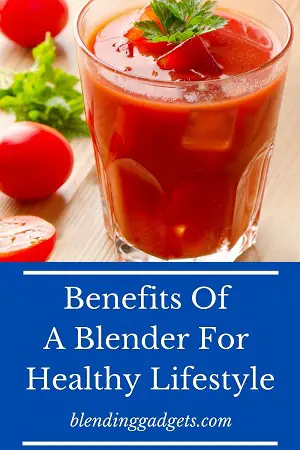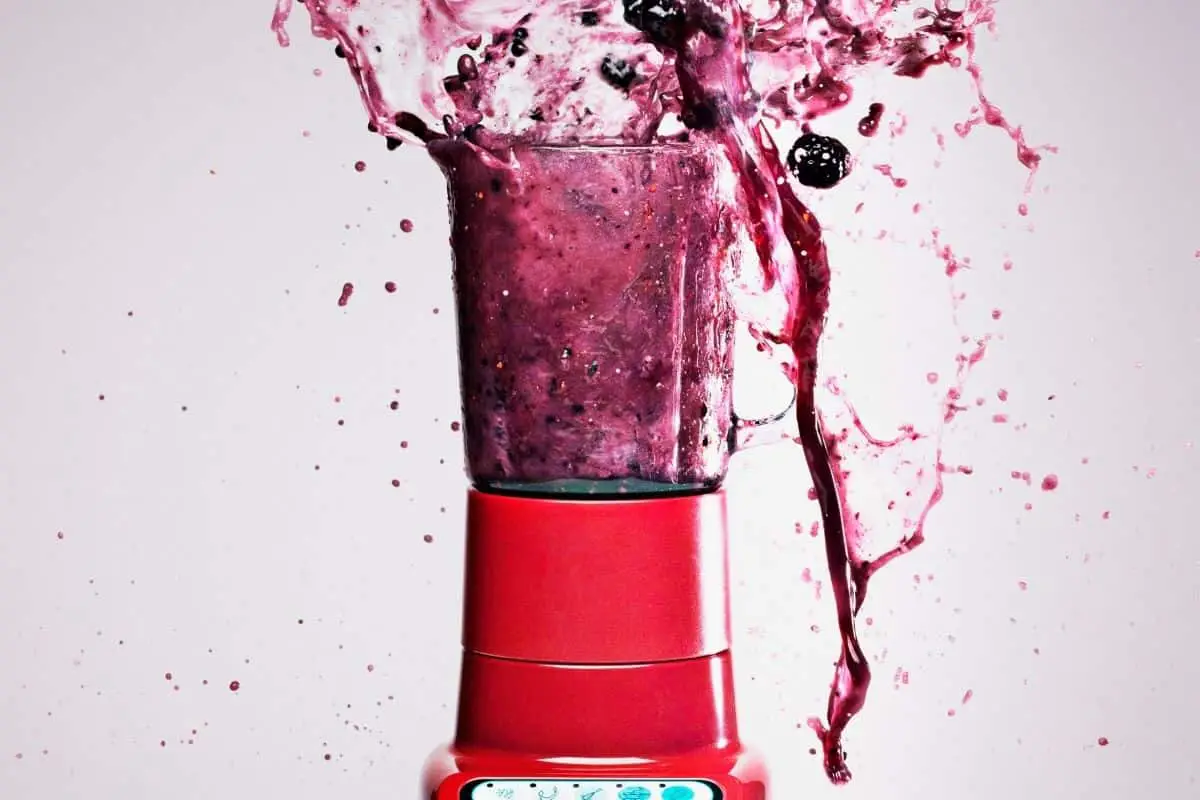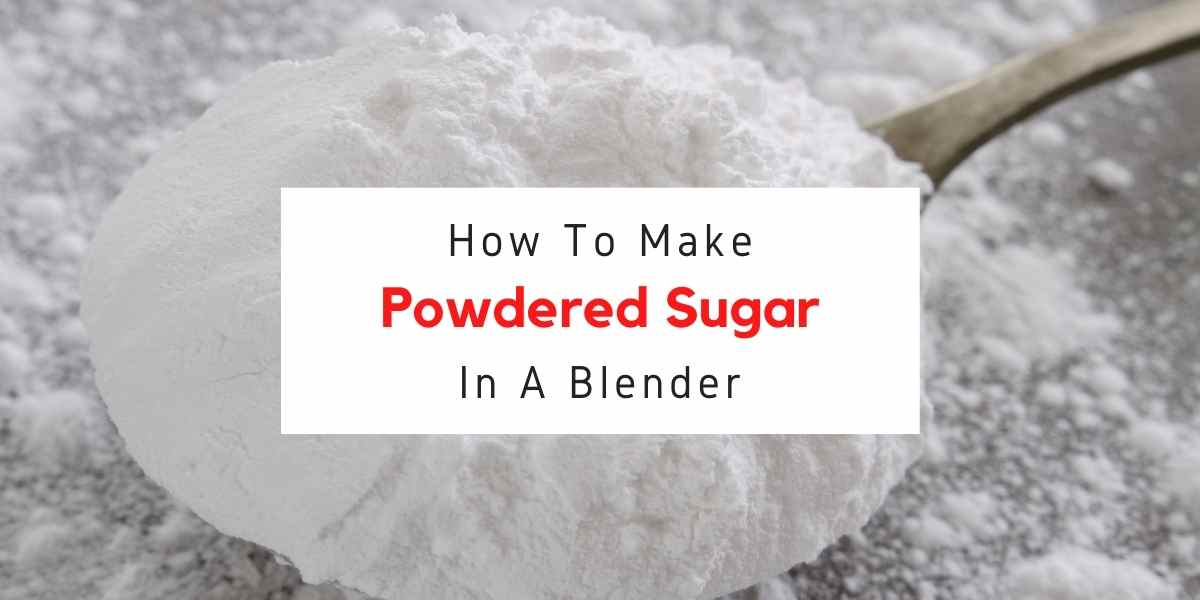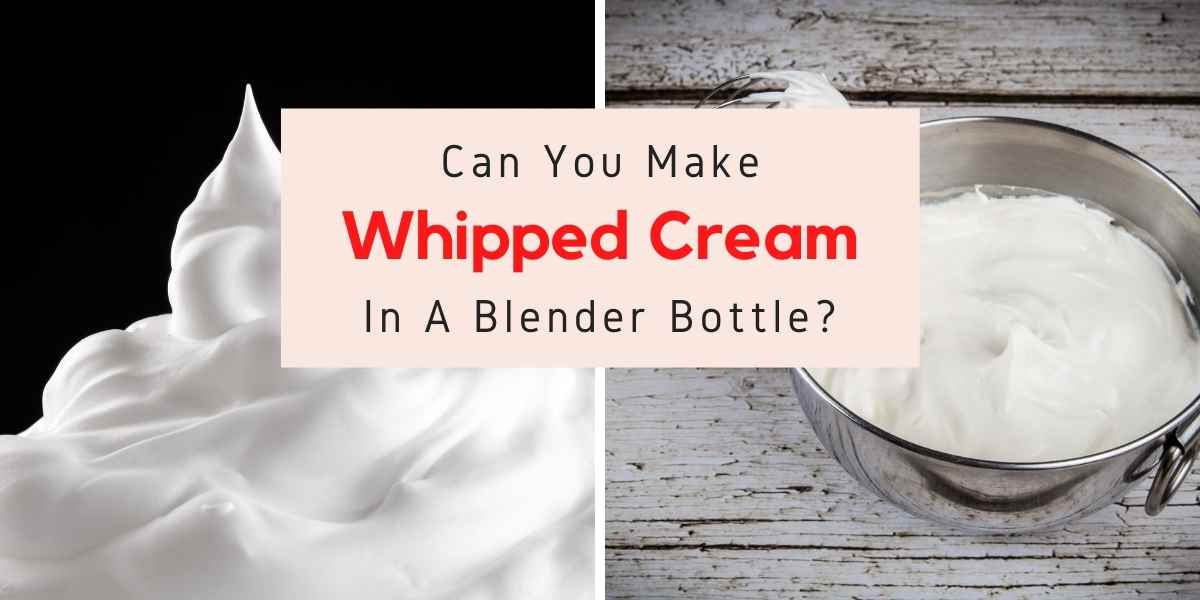“Why do I need a blender?” “Why can’t I just keep chopping up fruits with my knife and chopping board?” “Are blended foods more or less healthy than whole or chopped foods?’ “What are the actual benefits of owning a blender?”.
I’m going to assume that one or more of the preceding string of questions is what made you stumble onto this article. I was once in a similar dilemma a couple of years ago before I decided to purchase my very first blender.
After a couple of years of use of different brands and models of blenders, I decided to compile a concise list of the benefits of a blender for an individual planning to adopt a healthier lifestyle.
The purpose of this was to make your decision on whether or not to get one a lot easier. But trust me, you would want one after seeing all the benefits there are to owning a blender.
What Are The Benefits Of A Blender?
First of all, a blender is basically a big cup-shaped kitchen appliance that contains a couple of blades and sits on an electrically powered motor that rotates the blades at high speeds, completely shredding and mixing (blending) the contents of the “cup”.
The following are the benefits of a blender:
Makes Healthy Food Enticing To Eat
This is one of the main benefits of owning a blender, particularly in a home with kids (or adults) that may not find fruits and vegetables enticing enough to eat. A blender combines fruits and/or vegetables and transforms them into tasty smoothies or sauces.
These combinations make them more eye-catching to members of the family that previously found whole fruits/ vegetables repulsing.
Makes Juicing Easy
A cup of fruit juice contains up to five servings of whole fruits, which is about the recommended daily amount. Blenders are very commonly used for making fruit juices and carry out the first and most important step – evenly shredding and mixing of chopped fruits (blending).
After the blender has done its job, what’s in the pitcher is a thick slurry semi-liquid. This is a smoothie. The juice is extracted from this smoothie by straining the slurry through a filtration bag or a simple cheesecloth.
The juices are collected in a cup below the filtration bag, while the pulp residue in the bag is gotten rid of. That seems easy enough, doesn’t it?
Check out our collection of the best blenders for juicing.
Makes Delicious Smoothies
Blenders are also commonly used for making smoothies. Smoothies are very similar to fruit juices in the sense that they both contain fruits and said fruits are blended as the first step in their preparation.
The main difference between these two delicious beverages is that the smoothies are done after blending and do not require straining as the pulp forms a great proportion of the finished product.
I prefer smoothies because they are considerably healthier as they retain the pulp that is rich in fiber which is great for gastrointestinal and overall systemic health. That being said, whichever beverage you decide to go with, your blender makes the first and most important step a lot easier.
Related Post: Blender vs Smoothie Maker
Makes Delicious Milkshakes
Who doesn’t love a deliciously refreshing glass of milkshake after a long day at work or school? It is possible to make a milkshake without a blender, but why would you want to do that?
Your blender makes the process of mixing the ingredients a lot easier, faster and comes up with a more even mix. All you have to do is put your preferred ingredients (mine being; full cream ice cream, milk, and flavoring) into the pitcher and simply press the start button on your blender and after a couple of seconds, voila! Your very own home-made glass of milkshake.
Keeps Nutrition Intact
Salads are undoubtedly one of the most nutritious meals when it comes to pure nutritional and fiber content. I’m here to tell you that blended mixes of fruits and vegetables kick the nutrient game of salads to a whole other level.
Blenders do not destroy any nutrient and even makes their absorption easier by breaking down the cell walls of the plants, releasing the nutrients. They also allow for the addition of proteinous substances like milk and yogurts to the blended mix, further increasing their nutritional value.
Capable Of Blending Almost Anything
By now we all know the blender is capable of slicing and crushing virtually all kinds of fruits and vegetables. However, the capabilities of a reliable, reasonably priced blender surpass blending just fruits and vegetables.
They are also capable of blending hard substances like nuts and even ice!
Saves Time
Imagine you had to manually chop, grind, grate and mix every single ingredient you needed to prepare a smoothie or sauce. I’m pretty sure that by the time you’re done, you’d either have lost your appetite or decided to eat out.
A blender combines all these tasks and completes them in mere minutes. That’s pretty cool, right?
Helps In Grinding Spices
Even though this practice is not encouraged by professionals, a blender can be used to grind some dry ingredients. The blender is less effective than a grinder in this sense because they tend to leave some chunks of unground spices behind.
You can make use of a cheap coffee grinder or dedicated dry grain containers that may accompany your blender to pulverize the dry spices more evenly.
Makes Sauces
Up until this point, you may have thought that blenders are only good for making smoothies and fruit juices, but that couldn’t be any further from the truth.
I’m here to let you know that, in addition to the above-mentioned tasks, blenders are also very effective at making/mixing a wide range of sauces, dips, and spreads including; hummus, pesto, salsa, pasta sauce, homemade peanut butter, and a lot more.
Makes Purees
A blender is a more affordable and less complicated option for making purees than traditional food processors. It is your best bet for converting solid foods to a liquid/semi-liquid mix with a smooth and even consistency.
They seamlessly puree soft fruits, vegetables, and even meats with a little added liquid. Harder foods like potatoes, carrots, or apples would first require softening by baking or steaming.
Makes Mixing Easy
A blender flexes just how versatile it can be by also being capable of serving as a mixer in the absence of a handheld mixer. Even though it is not the recommended option for carrying out this task, it is still highly effective if carried out properly.
Overmixing is the major downside for using a blender as a makeshift mixer, which can be an issue. For instance, the overmixing of batter results in the activation of gluten proteins which would give rise to finished cookies, cakes, muffins, and loaves of bread that are tough or unpleasantly chewy.
However, the transparent glass pitcher on your blender makes it easy to monitor the consistency of the mix, preventing overmixing.
Durable Product
Blenders are long-term kitchen appliances, with some models capable of lasting decades! With the many different brands and models of blenders across all budget brackets, you don’t have to break the bank or go all out to purchase and own an efficient and highly durable blender.
All you have to do is create a budget, then allocate time to properly survey the market, watch videos and read professional/user reviews and recommendations before finally making the purchase.
Reduces Hunger
You’ve probably seen bodybuilders taking smoothies and shakes intending to lose weight. They can gain muscle mass without putting on fat because the fruits and vegetables in the mix have sufficient caloric value to get rid of hunger without the fat and processed sugars found in unhealthy junk foods.
Maintains Blood Sugar Level
A cup of fruit juice contains way more sugar than an equivalent cup of blended smoothie. This is because you would require way more fruits to make a cup of fruit juice than an equal cup of smoothie, in fact, exactly three times more.
Also, fruit juices contain no fiber compared to the high fiber content of blended smoothies. This high fiber content slows down the absorption of sugars in the intestines, consequently resulting in lower blood sugar levels.
Easy To Clean
Although this doesn’t count as a nutritional qualification, it helps to know that when you’re done with your blending task you don’t have to go through a whole other complex process to clean it up.
Compared to a juicer which has multiple parts that need to be carefully cleaned by hand, cleaning a blender after use can be as easy as putting water and a little soap into the pitcher and running it for a couple of seconds; letting it clean itself up.
FAQs
Does Using A Blender Destroy Nutrients?
No, it doesn’t. It even makes the absorption of nutrients easier by breaking down the plant cell wall.
Is Blending Food Healthy?
A blender lets you evenly combine a wide range of nutritious fruits, vegetables, and liquids in ways that would normally be impossible, while also retaining all the nutrients and fiber. So, yes, I would definitely say blending food is healthy.
Conclusion
In the modern kitchen, the benefits of a blender cannot be overemphasized. It gives you an unimaginable level of functionality while also providing you with meals and beverages packed with nutrition.
So, getting a good quality blender would be a great addition to the kitchen of any individual that requires an easy-to-clean, multipurpose, and durable appliance for mixing, blending, and making fruit juices.




